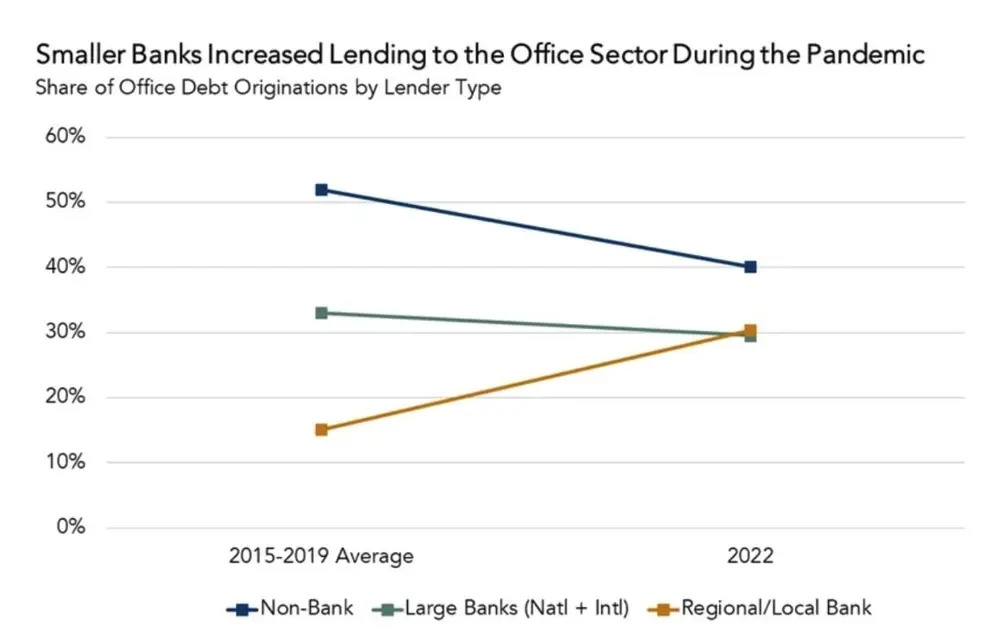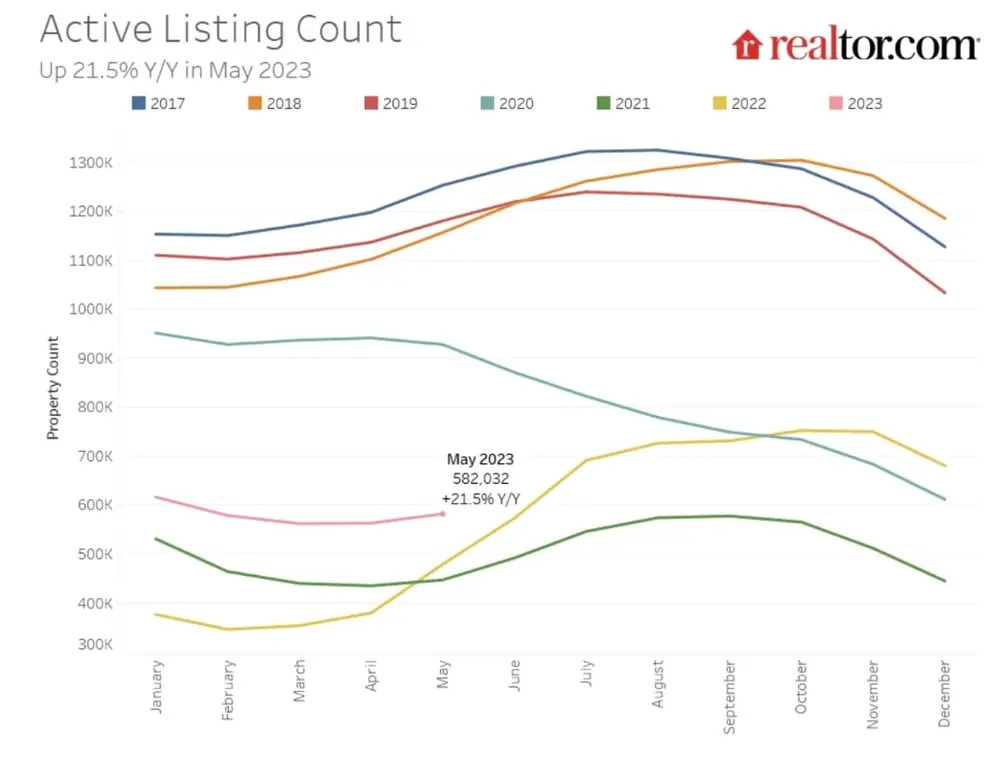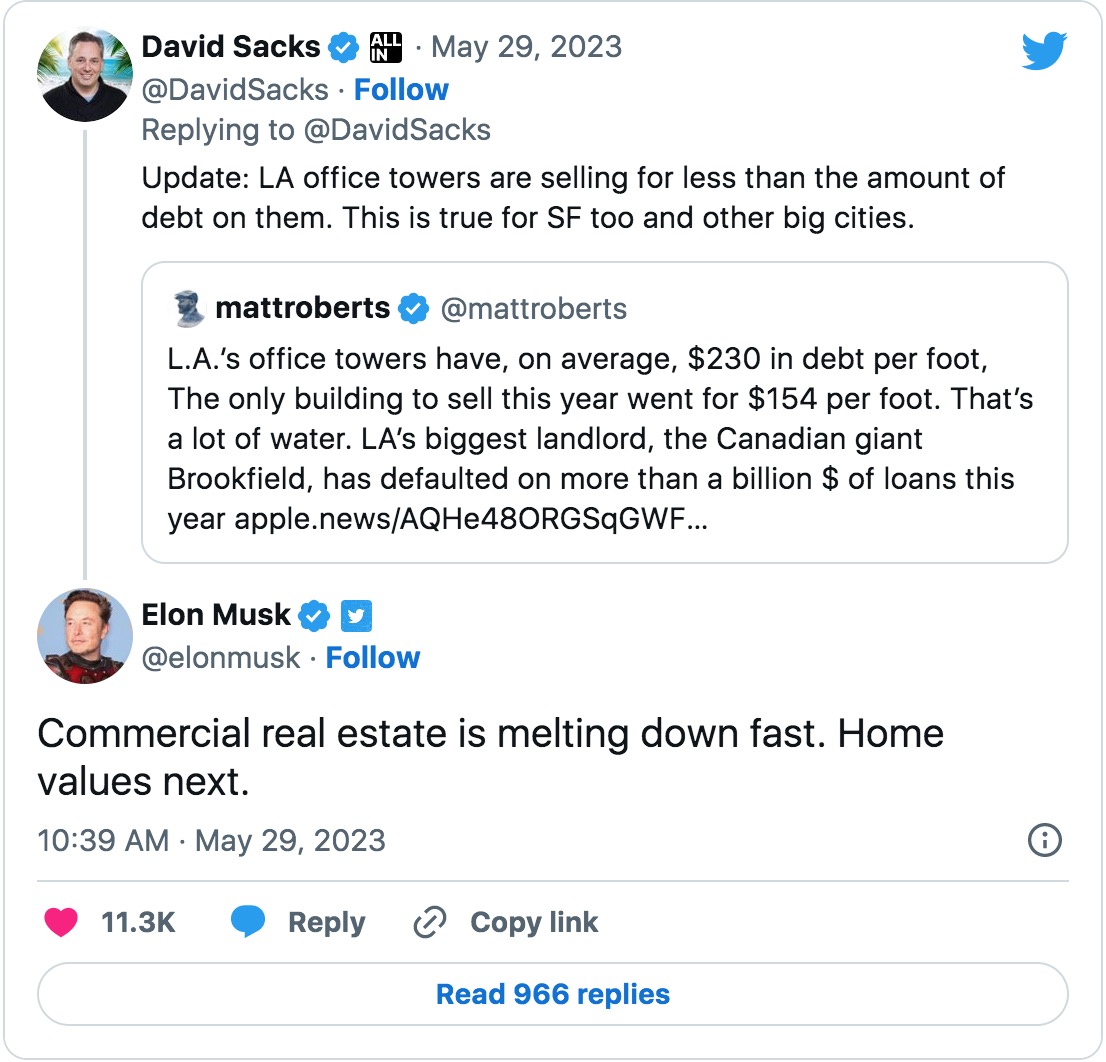
That’s what Tesla and SpaceX founder Elon Musk tweeted last week in response to a stream of tweets from venture capitalist David Sacks.
In that series, Sacks claimed that Fed rate hikes and the increased borrowing costs they led to are causing a slew of problems in the financial world, including a soon-to-be crash in commercial real estate.
That latter part could certainly be possible. In fact, JPMorgan estimates that nearly $450 billion in commercial real estate debt could go into default this year. Meanwhile, Morgan Stanley Wealth Management forecasts a 40% peak-to-trough decline in CRE prices, increasing the risk of default even further.
Does that mean a similar drop in home values is coming, too? Let’s take a look.
Is There a Link Between Commercial and Residential Real Estate?
On its face, CRE and residential real estate seem to be experiencing many of the same issues—high borrowing costs and waning demand chief among them. But that’s about where the similarities end.
In CRE, loans are much shorter than the typical 30-year mortgage that most homeowners get. This means most borrowers need to either pay off the debt or refinance within just a few years of buying a property.
That’s a problem, as interest rates are now significantly higher than a few years ago. Throw in that regional banks—who have their own struggles to deal with right now—are often one of the bigger lenders in this space, and the risk for property owners only magnifies as those debts come due.

Residential borrowers, on the other hand, can often hold on to their loans for decades with no need for refinancing. And considering about 85% of mortgage holders have an interest rate of 5% or less right now, it’s a real possibility that they will stick around for a few decades.
There’s also the demand factor to consider. Since the pandemic, demand for commercial real estate has plummeted, largely thanks to remote work arrangements. Nearly 13% of offices sat vacant as of Q2 2023—an all-time high, according to CoStar. In some metros like Houston, Texas, and San Rafael, California, the rate’s almost 20%.
That dip in demand just isn’t there in the residential sector. Housing is a necessity, and while higher mortgage rates have resulted in a slight pullback from those with tight budgets, there’s always built-in demand for homes—even with today’s affordability issues.
You could even argue that when CRE demand drops, residential demand increases. As Redfin CEO Glenn Kelman tweeted at Musk himself last week, “The loss in demand for commercial real estate is what’s driving demand for residential real estate. People who work from home need more space at home.”
There’s also the residential market’s ultra-low supply to think about. NAR’s recent data shows just a 2.9-month supply of homes for sale in the U.S. (A balanced market is considered 6.5 months, meaning supply and demand are matched). By these numbers, it’d take either a massive fall in buyer interest or a sudden glut of supply to cause any sort of fallout price-wise.

Where Home Price Predictions Stand
While many of Musk’s followers agreed with his sentiments on Twitter, the bulk of housing experts aren’t predicting a big dip in home prices anytime soon.
The last Federal Housing Finance Agency House Price Index showed home prices up 4.3% between March 2022 and March 2023, while the CoreLogic S&P Case-Shiller Index notched smaller gains—just 0.7% annually.
Still, the long-term forecasts are positive. CoreLogic projects a 4.6% bump in prices by April of next year. Zillow expects a 3.9% increase across 2023.
There’s no telling how accurate these are—and things can certainly change, especially with a possible recession and more potential Fed rate hikes on the horizon. For now, though, the data appears poised in residential real estate’s (and in homeowners’) favor.



Leave a Reply